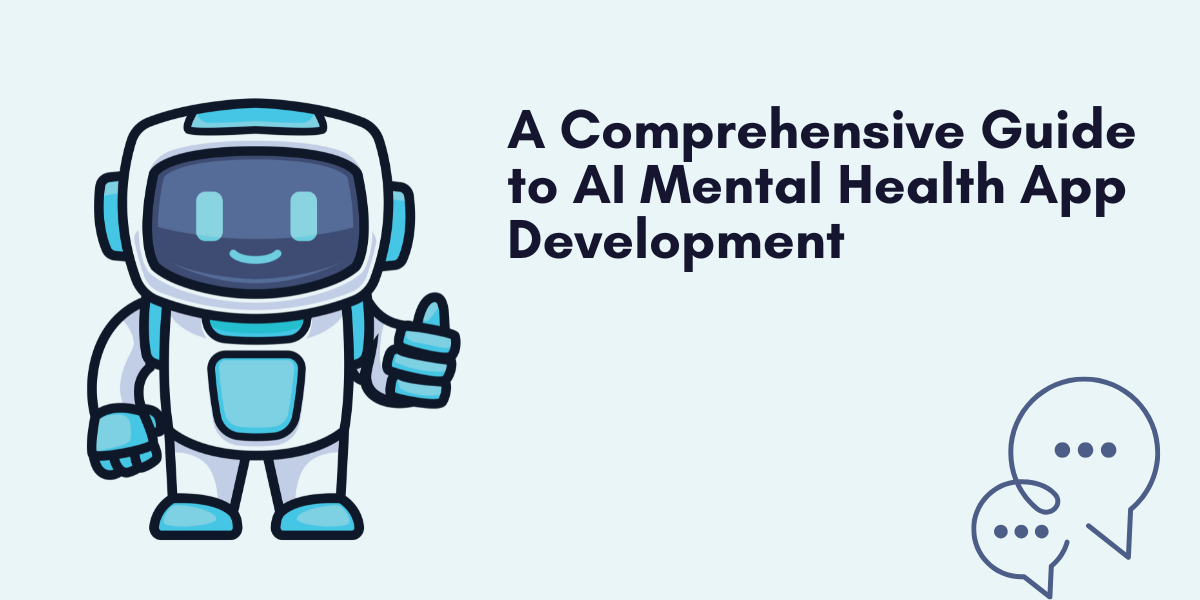Can You Migrate an Existing Project to React Easily?

Strong 8k brings an ultra-HD IPTV experience to your living room and your pocket.
With the growing popularity of modern JavaScript libraries, especially React, many businesses are considering moving their existing applications to this robust technology. React is known for its component-based structure, performance efficiency, and a vibrant ecosystem that supports rapid and scalable development. However, transitioning from an older framework to a modern one like React can be a significant undertaking.
So, the question arises — can you migrate an existing project to React easily? The answer depends on various factors including your current tech stack, project complexity, team capabilities, and the desired outcome. This blog explores everything you need to know about migrating a legacy or existing project to React effectively and efficiently.
Why React Is a Popular Migration Choice
Component-Based Architecture
React's structure allows developers to create reusable UI components. This reduces redundancy and helps in managing large-scale applications efficiently.
High Performance
React uses a virtual DOM to optimize rendering, making it much faster compared to older technologies that rely on direct DOM manipulation.
Scalability and Maintenance
React's modular nature simplifies scaling applications as they grow. It also makes maintaining and debugging large codebases more manageable.
Backed by a Strong Ecosystem
With tools, libraries, and frameworks like Redux, React Router, and Next.js, React provides a complete ecosystem that supports various types of web applications.
Evaluating Your Existing Application
Before planning a migration, it's crucial to conduct a detailed audit of your current project. This helps assess feasibility, identify areas for optimization, and avoid potential risks.
Consider the Following Aspects:
Technology Stack: What frontend framework are you currently using?
Code Structure: Is the existing code modular and well-organized?
Dependencies: Are there third-party plugins that may not be compatible with React?
Project Size: How big is your application in terms of components and data flow?
Coupling: Is your frontend tightly integrated with the backend?
Understanding the answers to these questions will guide your migration strategy.
Full vs Incremental Migration
There are typically two approaches to migrating a project to React: full migration and incremental migration.
Full Migration
This involves rebuilding the entire frontend with React. It is ideal for small to medium-sized projects or when the current codebase is outdated and difficult to maintain.
Advantages:
- Clean, modern architecture
- Elimination of legacy issues
Disadvantages:
- Time-consuming
- High development cost
Greater risk if not planned properly
Incremental Migration
This method allows you to introduce React gradually into your project. You can start by building new features in React while keeping existing features intact.
Advantages:
- Reduced risk
- Better resource management
- Allows continuous delivery
Disadvantages:
- Increased complexity during the transition
- Temporary coexistence of different technologies
- Preparing for the Migration
Migration is not just a technical task—it’s also a strategic move. Proper preparation ensures a smoother transition and minimizes disruption.
Define Objectives
Set clear goals. Whether it’s to improve performance, user experience, or code maintainability, knowing your end objective is crucial.
Skill Assessment
Evaluate your development team’s proficiency in React and modern JavaScript. If there's a skills gap, consider training sessions or onboarding specialists.
Project Backup and Version Control
Ensure your current application is fully backed up and version-controlled. This enables rollback in case anything goes wrong during migration.
Compatibility Review
List out all third-party libraries, APIs, and plugins used in your existing application. Check for compatibility with React or identify React-friendly alternatives.
Setting Up the Environment
Your React environment should mirror the functionality of your existing system as closely as possible. Use modern tools to set up a development workflow that supports component-based architecture, real-time testing, and performance optimization.
Start with Stateless Components
Begin your migration by converting static and less complex UI components. Headers, footers, and layout elements are often the easiest to move.
This approach allows you to test the waters without risking core application functionality. It also helps your team get comfortable with React's syntax and workflow.
Addressing State Management
Handling state in a migrated environment is crucial. Depending on your project’s complexity, you may use React's built-in hooks (useState, useEffect) or opt for external libraries like Redux or the Context API.
When migrating, isolate component-specific state first. Gradually shift global state logic to a unified system that suits your application size.
Managing Routing
React supports client-side routing through libraries like React Router. However, care must be taken to preserve URL structures and maintain SEO considerations if your original app relied on server-side routing.
When transitioning, map old routes to new components thoughtfully to avoid broken links and ensure a seamless user experience.
Handling Data Fetching
If your current application interacts heavily with APIs, you must ensure data-fetching mechanisms are smoothly transitioned. Whether using Fetch API or Axios, the logic should be centralized and abstracted for easier updates later.
This also allows for easier integration of new React components that rely on existing data sources.
Testing Throughout the Migration
Testing is not optional during a migration. Unit testing, integration testing, and manual QA are all essential. Use testing tools that are compatible with React to validate functionality as you go.
Make it a habit to write or update tests alongside any code changes to catch issues early and often.
Common Challenges and How to Overcome Them
Coexistence of Multiple Frameworks
For hybrid applications, managing legacy code alongside new React components can be tricky. Ensure clear separation and define boundaries to avoid conflicts.
Third-Party Plugin Conflicts
Not all plugins may work well with React. Replace incompatible ones with React-supported libraries or create bridge wrappers to integrate them.
Inconsistent UI
Design consistency is often an overlooked aspect during migration. Use a design system or UI component library to maintain uniformity across new and old parts of the app.
Role of External Help
Sometimes, managing a migration internally can be overwhelming—especially if your team lacks the bandwidth or expertise. Collaborating with a reactjs development agency can simplify the process. They bring experience, a structured approach, and the technical knowledge required to handle complex migrations without disrupting ongoing operations.
When Migration Might Not Be the Right Choice
While migrating to React offers many benefits, it's not always necessary or beneficial in every scenario.
Avoid migration if:
- Your application is close to end-of-life or due for replacement
- Your current stack already offers modern capabilities
- You lack the necessary team resources or budget
- There's no pressing need for UI or performance enhancements
In such cases, focus on incremental improvements rather than a complete overhaul.
Best Practices for a Smooth Migration
Document Everything
Maintain updated documentation for components, dependencies, and data flow. This aids onboarding and troubleshooting.
Use Feature Flags
Feature flags allow you to enable or disable new components without affecting the production environment. This helps in smoother rollouts and faster rollback if needed.
Monitor Performance
Monitor both legacy and React components using tools like browser dev tools and performance profilers. Optimization should be ongoing.
Prioritize UX
Keep the end-user experience at the center of all decisions. Avoid introducing unnecessary changes that could confuse or frustrate users.
Conclusion
Migrating an existing project to React is a strategic decision that can bring long-term benefits in performance, scalability, and maintainability. While it can be challenging, careful planning, incremental execution, and the right mindset make it entirely achievable.
Whether you opt for a gradual shift or a full rewrite, focus on aligning the migration with business goals and user needs. React offers the flexibility to evolve your application without sacrificing stability—and that alone makes it a compelling choice for many modern development teams.
Note: IndiBlogHub features both user-submitted and editorial content. We do not verify third-party contributions. Read our Disclaimer and Privacy Policyfor details.






